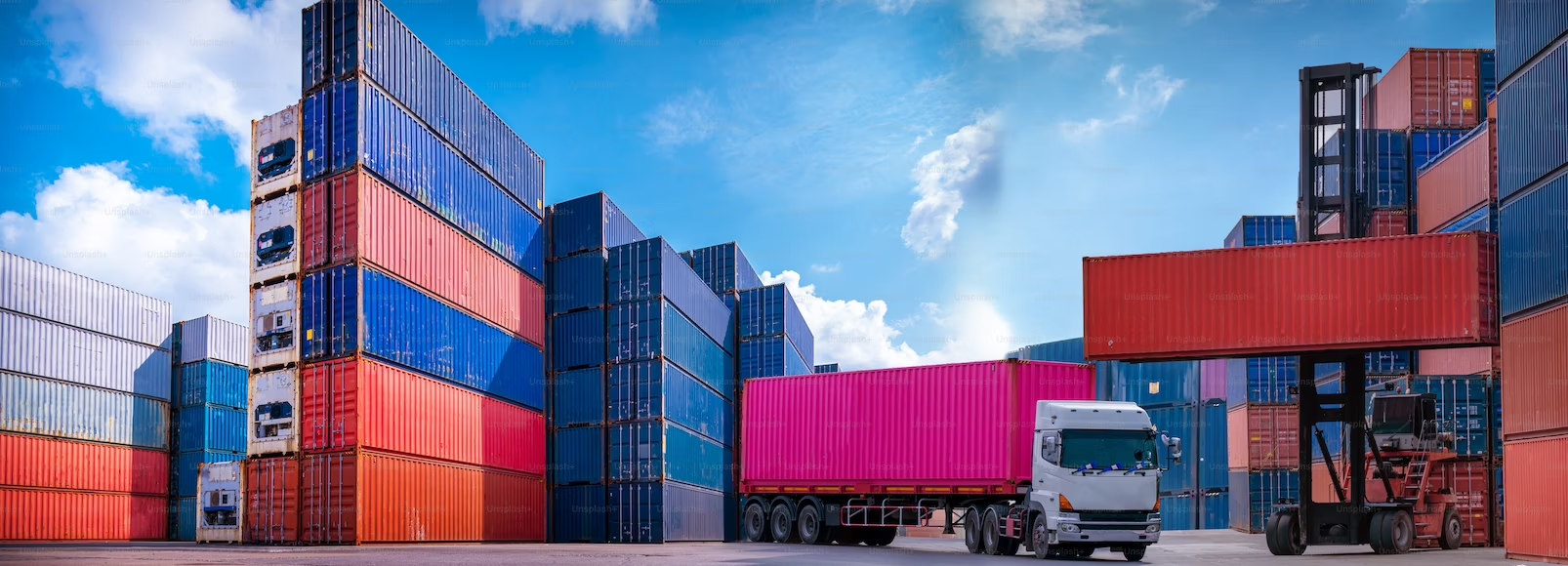
The supply chain is one of the most crucial aspects of any business. It’s the lifeline that keeps the company running, and it can’t afford to be stopped for too long.
Of course, that doesn’t mean it’s risk-free.
According to Gartner, in the last five years, 89% of companies have faced supplier risk events. However, there seems to be a lack of maturity in terms of awareness and plans to mitigate the risks. The most successful companies use technology in their supply chain risk management, resulting in almost double the effectiveness of supplier risk tactics.
Many things can go wrong in a supply chain, from production failures to natural disasters. Fortunately, technology has made great strides in improving supply chain risk management over the years.
Here are some ways technology is helping keep your business safe:
Supply Chain Digital notes that according to a recent report by CIPS & Deloitte, supply chains for both public and private sector organizations are opaque rather than visible. The report highlights that the environmental impact of supply chains is not being measured due to a lack of visibility.
The report also found that only 13% of organizations have successfully mapped their entire supply chain network, indicating the need for greater transparency and visibility in supply chain management.
Real-time monitoring and visibility are crucial aspects of supply chain risk management. Technology solutions such as GPS tracking, RFID, and IoT sensors can provide real-time visibility of inventory, shipments, and deliveries.
This helps supply chain managers monitor the movement of goods, identify potential bottlenecks, and take proactive measures to mitigate risks such as delays, theft, and damage.
Real-time monitoring can also help to identify potential disruptions in the supply chain, such as weather events or transportation strikes, allowing managers to respond quickly and adjust their plans. This improves supply chain efficiency and reduces potential financial losses due to supply chain disruptions.
Data analytics is an important aspect of supply chain risk management that involves collecting, analyzing, and interpreting data to identify potential risks and take appropriate actions.
With the help of machine learning and other advanced techniques, data analytics can provide valuable insights into various aspects of the supply chain, such as inventory levels, supplier performance, delivery times, and demand patterns.
By analyzing this data, organizations can identify trends and patterns that can be used to forecast and manage risks. Predictive analytics can also be used to anticipate potential disruptions and take proactive measures to prevent or minimize their impact.
This allows organizations to make more informed decisions and optimize their supply chain operations to mitigate risk.
Supply chain mapping is a critical aspect of supply chain risk management. Risk management solution companies can help map and identify potential risks and vulnerabilities at each stage of the supply chain.
With the help of advanced analytics and AI, companies like Exiger identify critical suppliers, dependencies, and potential single points of failure in the supply chain.
By mapping the entire supply chain, such companies help organizations take proactive measures to prevent and mitigate potential risks, ensuring business continuity and reducing the impact of potential disruptions.
Exiger is one example of a risk management solution company that leverages technology to improve supply chain risk management.
Collaboration and communication are crucial for effective supply chain risk management. Technology can play a significant role in enabling this. For instance, supply chain collaboration platforms allow stakeholders to share data, collaborate on risk management strategies, and track progress.
These platforms can also provide real-time updates on potential risks and disruptions. Additionally, chatbots can help automate communication and provide quick responses to any issues that may arise.
In addition, automation can also improve supply chain resilience by allowing for faster response times to disruptions. For example, automated systems can quickly reroute shipments or adjust inventory levels in response to unexpected changes in demand or supply.
This can help minimize the impact of disruptions and reduce the overall risk to the supply chain. There are also risk management solution companies that offer automated compliance and risk management solutions to help organizations manage supply chain risks more effectively.
Community by Nasscom Insights notes that the decentralized nature of blockchain technology allows for efficient networking and instant data updates, reducing the need for duplicate data entry.
This feature enables the integration of multiple supply chains and facilitates smooth transactions without the need for intermediaries. In addition, the decentralized ledger allows for easy updates of the latest information and enables multiple supply chain partners to work simultaneously on the same record data without the risk of data loss.
By using blockchain, supply chain stakeholders can ensure that all data is secure, tamper-proof, and auditable, reducing the risk of data breaches and other security issues.
Technology can provide disaster recovery and business continuity solutions for supply chains through various means, such as cloud-based backups, redundant systems, and virtualization.
Cloud-based backups can enable fast and reliable recovery of critical data and applications in case of a disaster. Redundant systems can provide backup solutions for critical components in the supply chain, ensuring that the supply chain continues to operate in the event of a failure. Virtualization technology can help to create a mirror image of the IT infrastructure, allowing for the quick restoration of systems in the event of a disaster.
In conclusion, technology plays a vital role in improving supply chain risk management. Real-time monitoring, data analytics, supply chain mapping, collaboration and communication, automation, blockchain, machine learning, and AI are all technologies that can be utilized to enhance supply chain risk management.
By leveraging these technologies, organizations can gain greater visibility into their supply chain, identify potential risks and vulnerabilities, and improve decision-making in real-time. Furthermore, technology can also help organizations develop robust disaster recovery and business continuity plan to minimize disruptions’ impact on the supply chain.
As technology continues to evolve, it will be increasingly important for organizations to stay abreast of the latest developments and incorporate them into their supply chain risk management strategies.